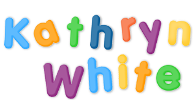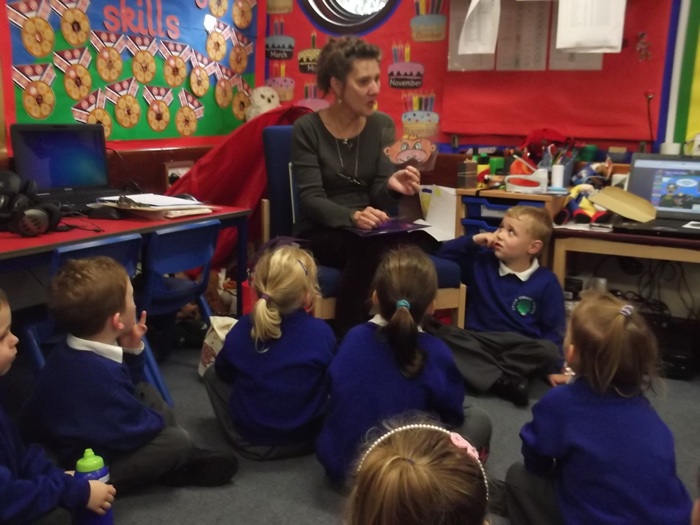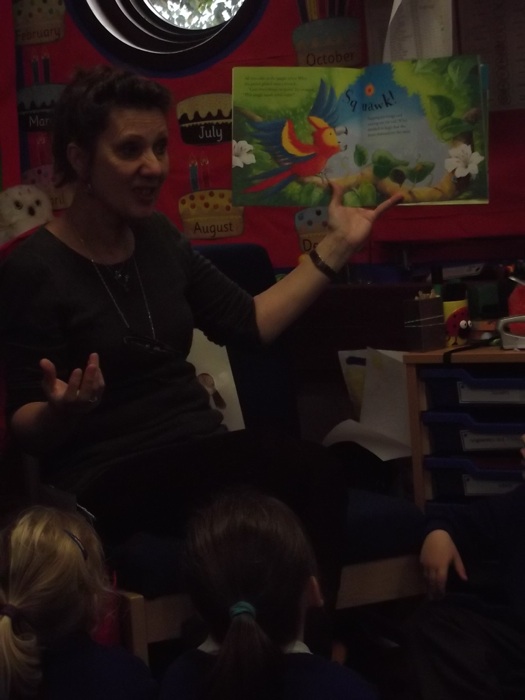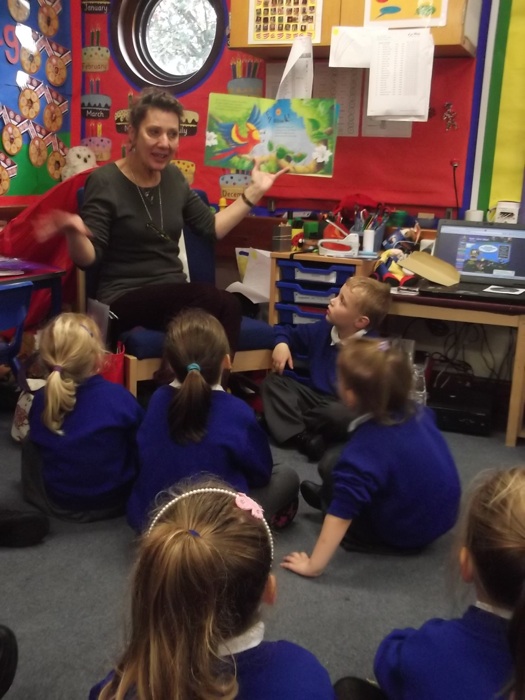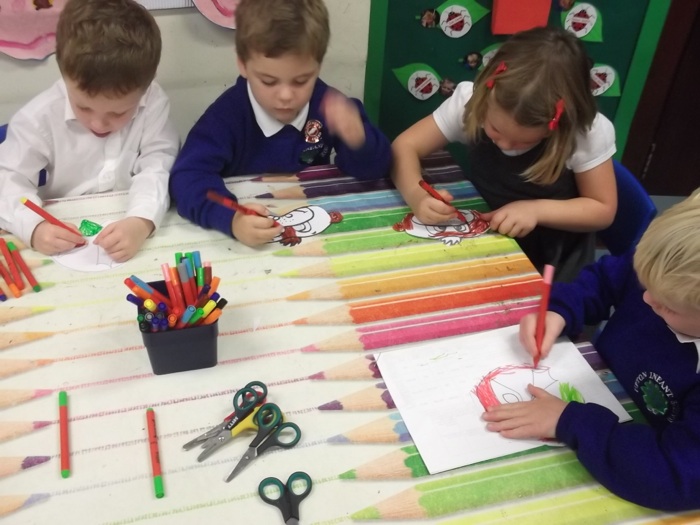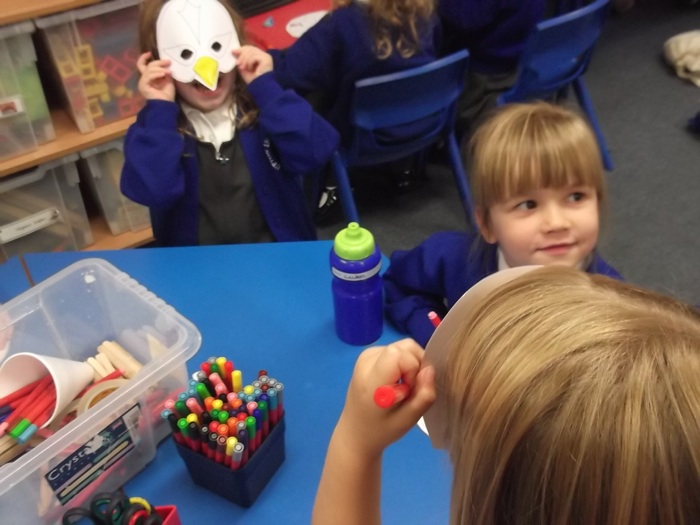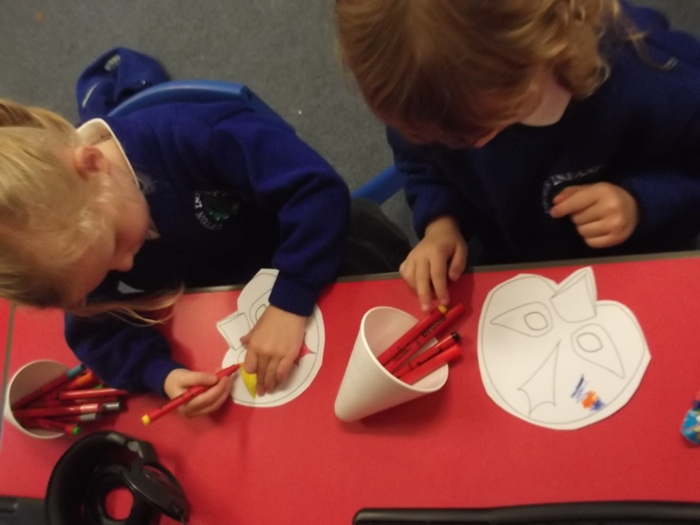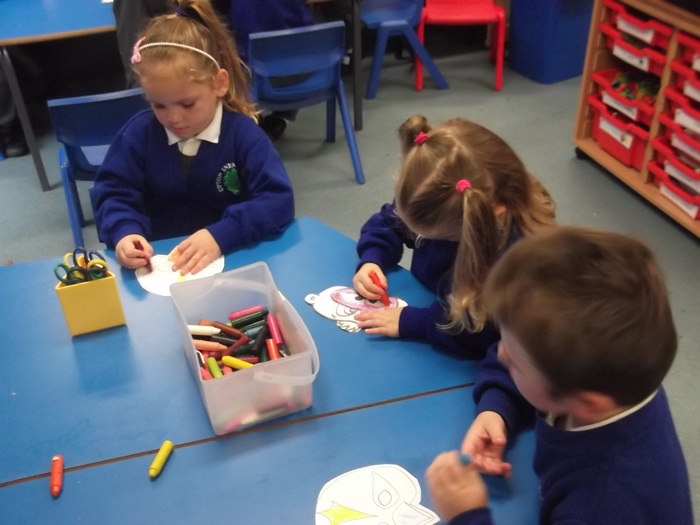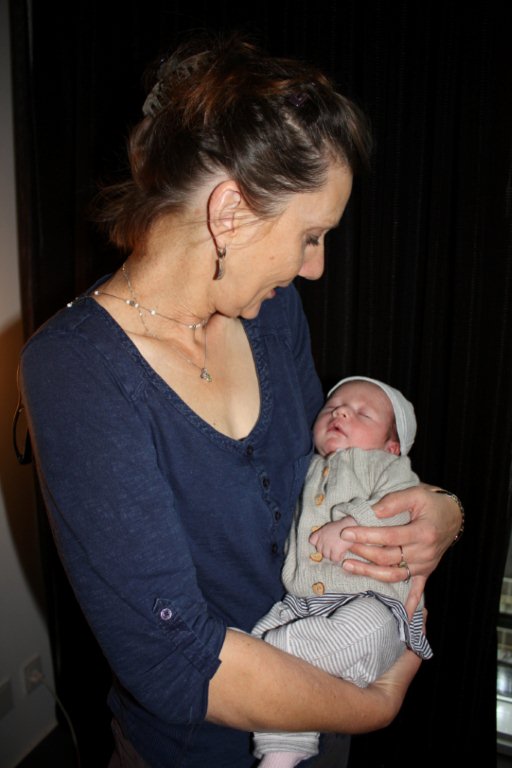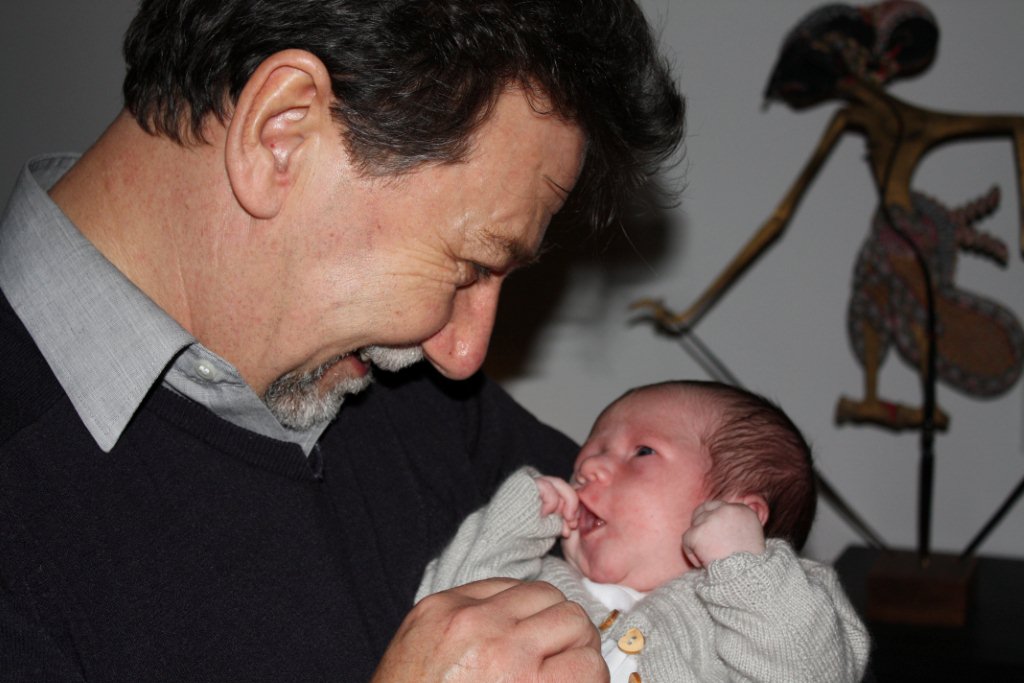I recently visited pupils at Bishops Lydeard Primary School in Taunton to kick-start National Share-A-Story Month!
Read MoreJust a few answers to the 100 questions from Shrewton Primary School - phew!
All of the pupils at Shrewton Primary School presented me with a bag full of questions. I sat and counted each hand written one and was amazed to discover exactly 100. How fantastic that everyone had so much enthusiasm for writing, stories, books and how they are made. Thank you all for putting so much time and effort into your questions.
I hope enjoy my answers and feel free to ask anymore via my website.
Happy reading
Kathryn
Lucy W
Do you like Fanta, cola and Lemonade? Uh! No! Not Fanta, Cola or Lemonade, the bubbles go right up my nose and my ears go pop. I’d much rather have a cup of tea thanks.
Oliver B, Millie
What is your favourite food? I love cheese. I eat, cheese on crackers, cheese in omelettes, cheese in sauces and cheesy strings but not cheesy socks!
Alana What kind of cake do you like? I like coffee and walnut cake and carrot cake, oh and chocolate cake, Victoria sponge and coconut cake. Oh, I forgot Lemon Drizzle, Madeira, Orange topped and Fudge. I think there are some more cakes I like but I’m getting hungry so I’m going to go and make myself a cake.
Mia Calver, Jake, Lara Emmett, Barney, George Withers What is your favourite book to read? All of Roald Dahl’s books are great. But I love Matilda because it’s about a little girl overcoming adversity and having such power. It’s a great read. Oh and look out for Rikki Tikki Tavi and Snail Boy & The Toilet Bots by Susan Gates if you want to laugh all the way home from the library.
Alex Parrish Why did you start writing, and was it fun? I wrote my first book WHEN THEY FIGHT which was about parents fighting and how frightening it can be. It was selected as a notable book for social studies in the USA. I wrote it because I wanted to talk about how it felt when I was younger and amidst conflict. I found that I loved writing for children. It was great fun, so I kept on doing it.
Ivy Nicholson, Helen How long have you been an author? I have been writing for 15 years.
Casey-Marie Camilleri What was the first book you wrote? GOOD DAY, BAD DAY came out with Oxford University Press in 2000. You can still get it from the library.
JP, Alice, Joshua Withers-Jones, Alexis, Ellis, Lottie, William F, Grace, Lucy M, Teegan, Katie, Kelsey Coombes, Ella How many books have you written? I’ve written 30 books, some picture books, others are ghost stories, adventure and mystery books, you can find all the titles on my webpage or on Wikipedia. Good luck!
Charlie M, Teri Roberts, Niamh When did you start writing? I wrote my first book around 2000.
Chelsea, Lucy Ferguson How long does it take to write a book? Picture books can take as long as full length novels because you have to squeeze a big story into a small book, that’s what makes them such fun. The other thing is that it’s lovely when you get the illustrators view of your story in their pictures. So picture books can take anywhere between 6 months to 2 years, depending on how busy the artist is. But The Tupilak took about 9 months to write because I had to do a lot of research on Inuit culture. That was inspiring and fun to do.
Rhiannah, Ellen, Amber, Ellie, Bela, Georgia Facer, Ruth, Paige, Toby Arnold, Cristian, Amy, Milani Kercher Which is your favourite book that you’ve written? PITCH POND CURSE because it’s great for workshops, pupils love to do the artwork and work on their own ghost stories.
Seb Bannerman, Evie Which is your favourite character in your books? My favourite character out of all my books has to be RUBY in the RUBY series by BAREFOOT BOOKS because she is based on my own little girl and our adventures together.
Oliver H Why did you write, Click Clack, Crocodile’s Back? I had a picture in my mind of a crocodile dressing up and thought it would make a fun story. I wanted all the animals to work together and outwit the naughty croc.
Adam, Rhys, McKenzie, Amber, Oliver, Jessica, AJ, Archie, Lissy, Polly How and where do you write your books? I start my books anywhere where I get my idea; sometimes on a train, in a car or perhaps just walking through our local town. Once I have an idea, I jot it down as soon as I can so I don’t forget it, then I work on my small mobile computer and sit and write my story in most rooms in the house or where I can be alone. Blasting off in a private rocket would be handy for a bit of piece and quiet.
Rio, Abbie Westlake Who is your favourite author? I think Roald Dahl is among my top children’s authors but Susan Gates wrote Snail Boy & the Toilet Bots and it’s a hoot. You should get it from the library; it made me laugh out loud.
Kieron How famous are you? Not at all famous and I’m not jealous of J.K. Rowling or Stephanie Meyer in the least, much!
Jim How many copies of your biggest book have been sold? Thousands of copies of HERE COMES THE CROCODILE have been sold since its first publication, which is lovely to know. What I find particularly inspiring is when someone gets in touch, as a friend did last month, to tell me that he saw my book in a shop in BEIJING. It’s wonderful to learn how far around the globe my books travel. HERE COMES THE CROCODILE was published in Australia and New Zealand. I love that!
Josh, Millie, Aaliyah, Pippi, Teegan, Ruben, Alana Why did you become an author? I wanted to write about something that was important to me which was how scared I was when my parents kept fighting. That book was titled, GOOD DAY, BAD DAY. It came out with Oxford University Press in 2000. So it was because I wanted to discuss something through story that meant a lot to me.
Amber, Millie What is your favourite colour? I’m rather fond of green but I do love lemon roses, they have a distinctly different fragrance to all other roses, so yellow’s pretty cool too.
William Alexander What is your most successful book? HERE COMES THE CROCODILE but RUBY’S SCHOOL WALK seems to be doing well too.
Kris How hard was it to publish your book? It was hard. I had to keep believing in what I’d written and that somewhere an editor in a publishing house would believe in the story too and thankfully she did.
Millie Weston Is it fun being an author? Yes, it’s great fun. I love it. Imagine travelling to other worlds and creating your own characters and ultimately deciding their fate. Sometimes I don’t even know how a book is going to end until it’s over halfway through or just near the end; pretty exciting.
Brooke Habes Was it hard to get to where you are now? Yes. People think when their first book is out that getting the next and the next published becomes easier. Sadly it doesn’t. A writer has to keep working hard to produce new stories to tempt a publisher to theirs select over many other books.
Sam Is it easy to be a writer? For me, writing is the only job I’ve only truly felt comfortable in. Every book is like walking down a mysterious lane, wondering where it’s going and whether the adventure will be successful. But even though it’s unreliable as an income, the work is something I find comes most naturally and I always enjoy wandering down that lane on my adventure.
Arthur Calver Is it easy to write a book? Some books can be hard to produce, you have to research and write and keep at it. The hardest bit can be when an editor reads it and makes comments. It reminds me of when I was back at school and my homework came back covered in the teacher’s red inked comments and corrections. But once I’ve worked on the editor’s suggestions, I start to see how the book has been improved.
Alannah, Max, William Where do you live? I live in the South West, in the smallest city in England which has the oldest inhabited street in Europe. Can you work out where?
Ben R, Gabby Do you have children? How many? I have five wonderful children, 4 daughters and 1 son. My older daughters are grown up and I now have identical twin grandsons called Seth and Jasper and a beautiful granddaughter called Ivy. The babies have been my inspiration for my next book coming out with Andersen Press soon.
Jazmin Watson What was the first book you published? Good Day, Bad Day, was my first book and it was wonderful to see Cliff Wright’s amazing illustrations. See if you can get it from the library and you’ll see for yourself.
Bobby How are you good at writing books? I’ve still got a lot to learn about writing books but I’m getting better. It helps that I like to imagine stories and enjoy watching animals and their amusing behaviour which has been a great source of inspiration for my books.
Lucy M How did you become an author? I wrote my first book and sent it off to a few publishers with a cover letter and was overjoyed when Oxford University Press offered to work on it with me.
Will N How do you get an idea for a book? I get book ideas from photographs, international news and by listening to people talk about what’s going on in the world. For instance, in Japan, robots have been produced to teach people how to dance a traditional Japanese dance. I find news like this fascinating and you can weave a great story out of lots of things, from robots to watching a squirrel run up a tree trunk.
Ben, Brooke What is your name? Kathryn White (I think!)
Abi Withers What gave you the inspiration to become an author? Wanting to write about things that mattered to me.
Sonny, Eleanor How did you write your books? I often make notes on bits of paper or anything lying around the house, (except the cat, of course) then I type up my ideas onto the computer and finally sit down and write them up into a story.
Joshua Warne What is your best-selling book? Here Comes the Crocodile
Holly Snowden
Are you writing a book now? If so, what is it called?
Yes, I’m writing a book about a very brave little girl who lives in a high rise building in the middle of a city and discovers that something is lurking in the building. The something is dark, it’s evil and it’s devouring everyone’s pets. Pretty scary but great fun because my protagonist, Izzy, is going to show the world, girls rock!
Gabby Ronchetti Who inspired you to write books? Not any one individual inspired me to write although I do love reading. I like biographies of brave people and discovering new fascinating facts about life. But much of my inspiration comes from what’s happening around me and from wanting to share my experiences, particularly with children.
Alisha, Charles Which books have you written? You can get the full list of my books from my Wikipedia page, so do go on and have a look, there’re lots there and you can get them free from your local library. Aren’t libraries fab?
That's it! Thank you all at Shrewton School for a wonderful day of sharing stories and for all your interesting questions. Keep reading!
On the importance of libraries
I was recently asked to write a guest article for 'Voices for the Library'. I think our libraries are so important and I really enjoyed the chance to talk about one of my favourite subjects. Here's an extract from my article:
"Books in schools are frequently used purely as instruments of learning data; chunks are bitten off and digested as required to fit in with the national curriculum. Books are not viewed as a whole experience, a potential means of mutual discussion and support for mental and social health. Books are a window to the world; they challenge and teach, guide and often help children comprehend what is happening around them, easing isolation during times of change or crisis."
You can read my full article over on the Voices for the Library website.
But Here You Are
A poem I wrote some years ago about Nelson Mandela, who sadly died last week. But Here You Are
But here you are, In my home. The roof’s a bit shaky, I know. Tin sings, It creaks and cries in the rain. But the floor is sound. My feet are strong, They’re set on the path to freedom.
Now, I know your favourite meal. Am I right? It’s chicken fried in corn oil. You eat it for dinner, every night.
I’ve got one piece to share with you. Cause Mr, Sir, that’s what friends do.
How long has it been? 27 years? I thought you’d die, I don’t lie, I thought you’d die.
But behind the wire, Alone, They thought your hope would fade.
You turned to rock Resolute. You talked and lived on, dignified. Those jailers carved a monument, Now, Mr Sir, you’ve changed this place From inside out. Here is my home, safer now. And look, can you see that shaft of light splitting through the roof? That’s the sun, Mr Sir, That’s the sun.
Deep in the Dorset jungle
Come and see me at Cheltenham Festival in October
Come and meet me at the Cheltenham festival on Saturday 5 October at 10am, in St Andrew's Church, Mont. Hall. We can make masks, wands and you can wear your own crowns after reading the exciting and naughty things Ruby does when she meets her new baby brother. Spaceships not included!
Ruby's Baby Brother
Illustrator: Miriam Latimer Buy online: Sainsbury's Entertainment
Ruby's mom is having a baby, but Ruby is not very happy about it. She knows that babies are smelly and noisy, and she is sure that he will steal all of her toys! When baby Leon comes along, will she change her mind about having a baby brother?
Kirkus review When Will it Snow and Ruby's Baby Brother
I recently found out about these lovely reviews of two of my books, When Will it Snow, and Ruby's Sleepover.
Read MoreThe School Librarian - Closing the Poverty-Driven Literacy Gap
According to National Literacy Trust figures released in 2011, of the 3.8 million children in the UK, one in three does not own a book. This is a significant increase from the figure of one in ten, estimated seven years ago. The recent Henley report notes a decline in provision of libraries and trained librarians, highlighting the important role that these valuable resources have to play in promoting literacy for children. The majority of schools that I have been invited to on author visits demonstrate a strong reading and creative writing culture throughout. Not only on world book day but on-going during term, schools with a reading ethos prioritize investment in a well-stocked library, library staff and where possible, support for author visits. Unfortunately, it is those schools where the literacy level of entering students is lowest that often have the most pressure on resources, and as a result prioritize funding away from literacy activities and resources that are perceived as being a luxury. This can include library resources and non-curriculum literary activities such as author visits or workshops. Alas, these schools least able to appropriate resources for extra literacy activities due to competing pressures for funds are those schools that would most benefit from such activities.
Reading not only teaches language skills but more importantly, social skills. There is a definite correlation between better reading and more tolerance and understanding between different cultures and religions. Children attending resource-pressured schools do not have the same exposure to external creative input; offering alternative viewpoints and values. Those in education in higher income areas often benefit from extra financial input from parents and additional support from community governors or the community more generally. This can give schools more flexibility in the use of financial resources, allowing them to engage creative, external influences to open discussion and encourage students to debate and question topics from different viewpoints. In poorer catchments where schools may have more pressure on financial resources, children already grow up facing greater financial and social hardship and yet have less access to these additional educational resources that may be considered ‘discretionary’.
Also, often if children in struggling areas are not enjoying the benefits of reading for pleasure at school then there is little chance of them obtaining books at home.
What is apparent and of concern to me is the lack of understanding right across the board of the impact of books on children’s social development. I have always been aware of the vital role creative writing plays in allowing children expression through their work to develop self-awareness and compassion for others. But books are frequently seen purely as data instruments, where chunks are bitten off and digested as required to fit in with the national curriculum; or are perhaps viewed as superfluous or even frivolous, and unimportant to development. Literature is not viewed as an experience in its own right, a potential means of mutual discussion and support for mental and social health. Books are a window to the world; they challenge and teach, guide and can help children understand what is happening around them, often easing isolation during times of personal crisis.
Teachers barely have time to sit and read with the class, let alone work on a full week’s project, pulling out every aspect of a story in fun activities that encourage insight and discussion.
Teachers are hard pushed to take on the task of school librarian, reviewer, reader and creative tutor with all the other subjects they have to deal with. But if each school had one dedicated librarian, that professional could recommend books for teachers underpinning the variety of subjects taught and broadening the scope for imaginative use of texts available. A dedicated school librarian could spend one hour, once a week in the library to read to each year group which would bring the wonders of a story to all children from all denominations in a relaxed, informal format. A librarian could instil a love of books outside of the rigours of the classroom.
My experience of a good school librarian is of one who connects the writer to the children, encourages their questions; helps children to be good communicators and aspiring writers/ illustrators.
It also goes without saying that by familiarizing children in school with a library, librarian and the systems used, those children leave school confident in using the public library service which is at the heart of a community and enhances their adult learning.
Surely, the presence of one extra member of staff in school, one dedicated librarian, would bring such social and educational benefits to pupils and ultimately ease the strain on teaching staff that the investment would reap significant human reward. Yet the perceived lowly children’s librarian is not only undervalued but now being cut out of our public library services for good. A school librarian would not only help to improve general literacy standards but more relevantly raise social awareness encouraging tolerance, freedom of imagination and speech through a broad range of books. I also believe that a school librarian should be specially trained, and paid in line with that qualification, ensuring that all schools employ top quality staff. I am appalled that good reading practice should still at this time, exist primarily in well-funded, wealthy areas and those schools most in need have the least access to valuable cultural resources required to develop this practice.
At the heart of every healthy community stands a public library and I believe that the first step to a potentially thriving, diverse school should be a well-stocked library overseen by a committed, experienced and enthusiastic librarian. That is where the seed of a successful multi-cultural society begins and tolerance and integrity are encouraged in future generations.
Kathryn White
The Cathedra 900 project
As soon as I saw the powerful and dynamic artwork of Mark Ware, produced for his Cathedra 900 project displayed in the historic Exeter Cathedral, I realised inspiration was there for the taking. The imaginative, lively students on the workshop proved me right.
With the invaluable support of Literature Works which enabled me to hold the writing workshops, I watched the children create exciting characters, soak up the atmosphere and map out their original tales; they drew from the breathtaking sculptures, relics, light and sounds inside and outside Exeter Cathedral.
It is an experience that I, and I’m sure the children, felt privileged to be a part of and I’m looking forward to hearing their intriguing tales later in the year.
Photography by Mark Ware.
Matt Glover reading Here Comes the Crocodile
Hello everyone. Here's a video of author, Matt Glover, reading my book, Here Comes the Crocodile, complete with some interesting accents!
A quick baby update
I thought all my readers would like a picture and update on the beautiful new arrivals to the household. Ivy, Seth and Jasper are all behaving themselves; off the bottle and learning the delights of blended cabbage and mashed banana, not together of course. They are growing at a phenomenal rate (must be the cabbage) and love making oodles of noise, plenty of pongy smells and loads of laughs.
Keep watching this space for more news.
Time to Play magazine reviews Ruby's Sleepover
The lovely people over at Time to Play magazine recently recorded this video review of Ruby's Sleepover, one my series of books featuring Ruby. You can watch the video on YouTube or read a longer review of Ruby's Sleepover at the Time to Play website.
Beast Hunter available to download soon!
Good news, BEAST HUNTER is soon to be downloadable for my older readers and classroom resources. It’s been great fun using it in schools over Book Week and I’m really happy it’s going to be accessible on line with the click of a button, or maybe two.
(ISBN 10: 1408142651 / ISBN 13: 9781408142653)
Keep watching this space for the links.
Happy Reading.
Kathryn
My next big thing
This is the next BIG thing! We authors pass on our thoughts and news about what we’re up to. I thought, well this sounds interesting! So I’m another link in the blog chain, clunk, clunk.
I was asked to get involved by the Two Steves, the dynamic duo of children’s books who were in turn asked by Chris D’Lacey, author of the brilliant Last Dragon Chronicles.
So, as in the Ghost of Christmas Past, I’m rattling the chain!
What is the title of your next book?
Ruby’s Baby Brother.
What is a one-sentence synopsis of your book?
Has Ruby really had a baby brother or could he be a little monster from another world?
Where did the idea for the book come from?
From my publisher Barefoot, I must confess. I had written two Ruby books in the series (Ruby’s School Walk and Ruby’s Sleepover) when Tessa Strickland the co-founder of Barefoot books said, “Wouldn’t it be nice to have another book about Ruby having a baby brother?” and I agreed, absolutely!
What genre does your book fall under?
Picture book fun and fantasy.
What actors would you choose to play the part of your characters in a movie rendition?
Will Smith has to be Ruby’s dad and Whoopi Goldberg for mum but Ruby can be played by any feisty, sweet, adorable little girl looking to break into the business.
Will your book be self-published or represented by an agency?
I have an agent.
How long did it take you to write the first draft of the manuscript?
The first book was written in a couple of months, the second was over a few months so in all the series of three would be just under the year.
What other books would you compare this story to within your genre?
That’s a tough one. My story’s different but I would say my character is imaginative but very much home based like Charlie and Lola.
Who or what inspired you to write this book?
Tessa Strickland at Barefoot; the encouragement Tessa has given me to keep writing about Ruby has been wonderful.
What else about your book might pique the reader’s interest?
Miriam Lattimer’s amazing illustrations are full of fantastic, magical, weird creatures and are inspiring. There’s also bound to be lots of fun activities on the Barefoot website for kids to do to go along with the book . Another bonus is a link onto the following site where you’ll get lots more questions answered in interview on my new book hosted by Iain Broome, author of A is for Angelica.
So now I tag my next authors/illustrators who will continue blogging on the theme of THE NEXT BIG THING and pass them into your care!
Look out on the 19th December for:
The very talented Cathy Maclennan. Cathy’s stunning illustrations and wonderful lyrical texts have been noticed not only by publishers but Bunny Bunny Catkins was shortlisted for the V&A illustrator awards 2012; a rarity in children’s illustration. Pop over to her website and you’ll see what I’m talking about.
On the 26th we have the talented Karen King:
Karen King started writing for the well-known teenage magazine Jackie and has since produced over one hundred books including fiction and non-fiction. Her books range from bright, bold younger series to older, dark, exciting fiction such as her ebook due out 2013 titled, PERFECT SUMMER. Karen’s short stories have been featured on BBC Playdays.
Enjoy!
Thanks for taking the time to read about what we’re up to!
Ruby reviews and advice for teachers
Pop over to the picnic basket for a feast of reviews and advice for teachers and nursery workers on how to use Ruby’s School Walk in class. It’s a great site and offers independent reviews from professionals childcare workers on how to get the best out of books in class.
Having fun with Ivy
So here we are in Denmark with our brand new granddaughter, Ivy. Every morning, we tip-toe across the terrace rooftop of the multi storey hotel from our 6th floor room and visit Ivy, Donna and Morten in their apartment opposite. It’s great fun and so lovely to see the family settling into their new routine.
Ivy is thriving. At night, back we go across the terrace with the starry sky above us. We stand and look out across Copenhagen’s city lights and watch the aircraft flying back and forth, quite magical.
Here are some great pics of the beautiful new arrival, with mum, grandma and granddad.
IVY ARRIVES
Our beautiful granddaughter, Ivy, arrived on the 26th October 2012. Here she is looking as innocent and angelic as, well actually, as an angel. But I’m not going to be fooled; I think a little imp hides behind those bright eyes. Trouble afoot!
Meet Seth and Jasper
Seth and Jasper our grandsons arrived on 27th September 2012. They are absolutely beautiful, not that I’m biased, but actually, they are beautiful. So David and I travelled up to Sheffield where we walked in the beautiful peak district then visited our wonderful new arrivals as often as we could manage to sneak past the hospital staff without notice.
Although identical, I was quite proud that I managed to tell one from the other, or were they fooling me by switching cots? So here they are and I know we’ve got some wacky, fun times ahead.
Ruby's Sleepover Video
I came across this interseting take on how Ruby's Sleepover can help reassure little ones facing the prospect of their first night under canvas. http://youtu.be/dgDiKsl-T1Q
Check it out!
